Poplar Fieldcap
Not very well known in the UK but it’s an excellent edible, often found in large quantities. It’s highly appreciated in other parts of the World.
| Mushroom Type | |
| Common Names | Poplar Fieldcap (EN), Poplar Mushroom, Pioppino (I), Velvet Pioppini (I), Piopparello (I) , Cap Maes y Poplys (CY), Polownica Południowa (PL), Déli Tőkegomba (HU) |
| Scientific Name | Cyclocybe cylindracea |
| Synonyms | Agrocybe cylindracea, Agrocybe aegerita, Cyclocybe aegerita |
| Season Start | Jan |
| Season End | Dec |
| Average Mushroom height (CM) | 8-10 |
| Average Cap width (CM) | 6-8 |
Cap
6-8 cm. The young small buttons have a chestnut brown cap that can be as small as 1cm. As they grow the cap becomes light brown to pale cream, slightly darker in the centre.
Gills
Off white to pale pink brown. Crowded and slightly decurrent (the gills run slightly down the stem).
Stem
7-9 cm long, 1-1.5 cm diameter. It has a long tough stem, often bent when growing in large clusters.
Has a persistent skirt towards the upper part of the stem.
It is creamy white or slightly darker in older specimens, especially at the base.
Quite often a few specimens will be fused together at the base.
Flesh
The flesh is white to cream coloured and doesn’t change.
Firm in the cap, tough and fibrous in the stem.
Habitat
This fungus decomposes dead wood of trees with a preference for Poplar and Willow.
Its favourite host is the Black Poplar, Britain’s most endangered native tree, now hardly found in the wild. Ornamental cultivars of Black Poplar are often planted in gardens and parks. It can appear occasionally with other broadleaf trees.
It grows in large groups from the exposed roots of trees, stumps, cracks on trees, and on fallen decaying wood. Sometimes it may appear on the soil when growing from buried dead roots underneath.
Possible Confusion
It can be confused with other Fieldcaps in the genus Agrocybe like the Spring Fieldcap (Agrocybe praecox). They all grow on soil or from woodchip and wood debris, and are generally paler and smaller at maturity.
The Wrinkled Fieldcap (Agrocybe rivulosa) seen on the left is the closest. Smells similar and also has a wrinkled cap, but it grows on woodchip, it’s smaller and has a thinner ring.
Sometimes the Poplar Mushroom has a small bent stem and looks similar to an Oyster Mushroom. The spore colour is different and the gills in Oyster mushrooms turn creamy yellow, not brown.
Spore Print
Brown
Taste / Smell
Nutty, strong, very pleasant. Very tasty once cooked.
Frequency
A common appearance where Black Poplars are found, occasional with Willow trees.
Often producing several flushes at different times of the year.
Other Facts
Although largely ignored by most foragers in the UK this is a very tasty mushroom.
It’s highly prized in other European countries such as Italy, Spain, Portugal and France.
Pliny The Elder mentions it was cultivated in ancient Rome, being one of the first mushrooms to be cultivated.
Until recently we thought it is also cultivated in Asia and very popular in Chinese cooking and Traditional Chinese Medicine. However, based on molecular evidences, the Chinese species is different, and now it is called Agrocybe chaxingu.



 (30 votes, average: 3.77 out of 5)
(30 votes, average: 3.77 out of 5)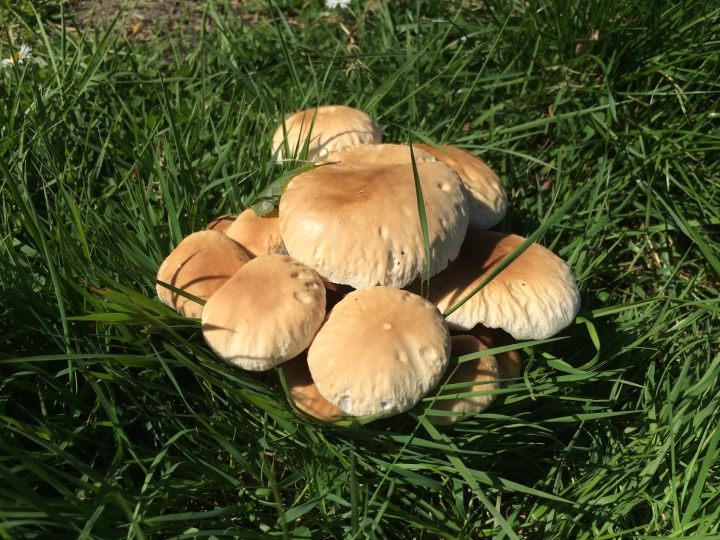















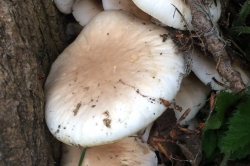
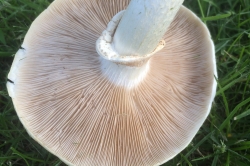
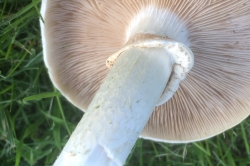
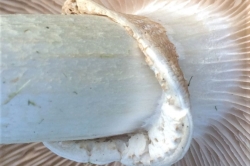
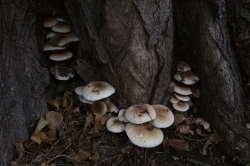
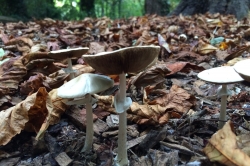


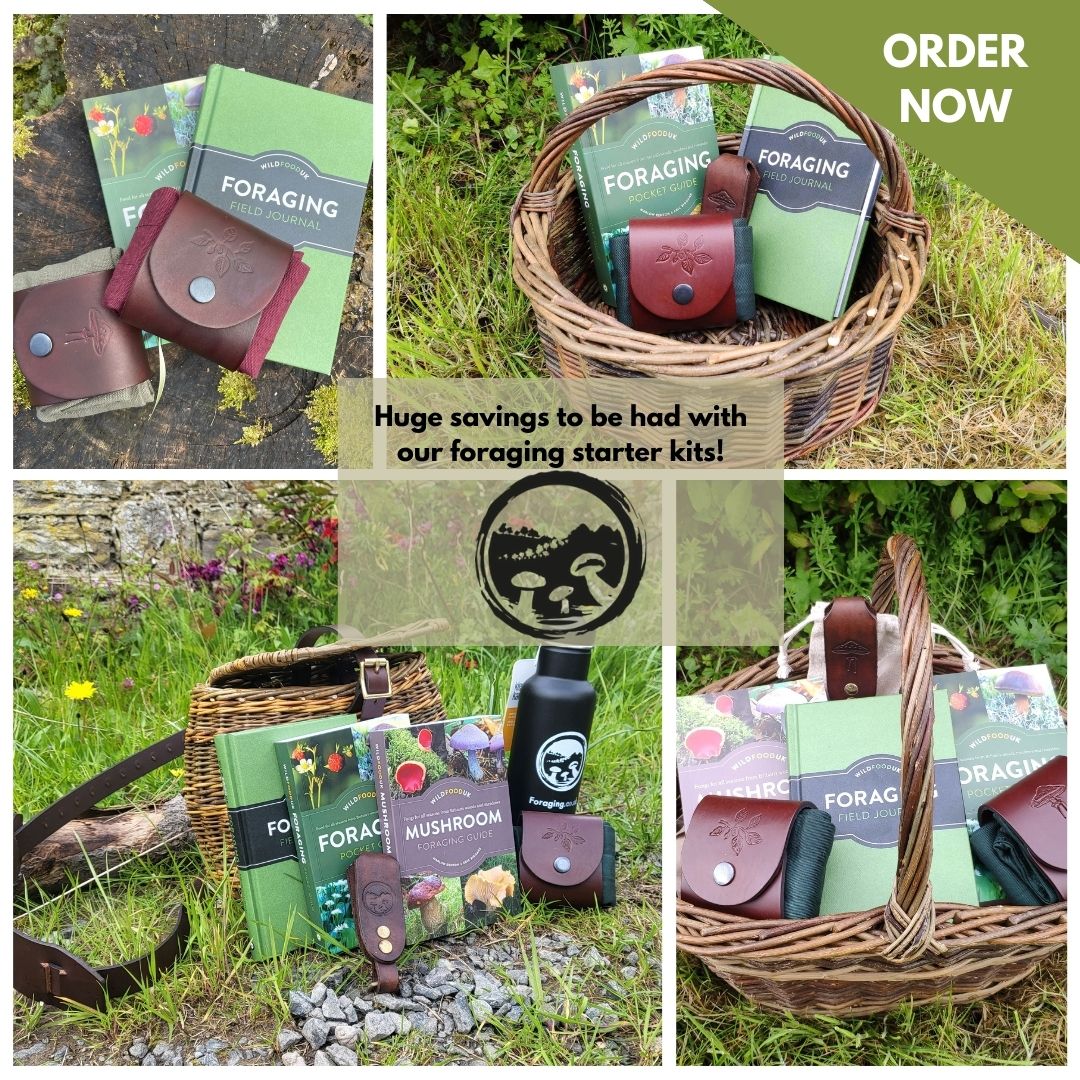



12 comments for Poplar Fieldcap
Hi last year i had a tree tech drop me a load of chippings covered all my garden now i have mushrooms popping up and different batches of fungi, this particular bunch appears to be poplar field cap ,but i am confused by the description ie sizes it says 15 cm
height cap 15 cm that seems very large for that, its bigger than the giant ones sold in super markets.
Hi,
Oops, it seems like the dimensions were the maximum instead of average but it has now been corrected! It’s a mushroom that varies a lot in size, and although usually smaller I have seen a few that were 15cm wide or even larger. They grow as large after a strong spell of rain followed by some warmer temperatures. As for the mushrooms in your garden, as they are growing in wood chippings it’s more likely that they are one of the similar looking Fieldcaps such as the Spring Fieldcap (Agrocybe praecox) or the Wrinkled Fieldcap (Agrocybe rivulosa). These are usually slightly smaller than the Poplar Mushroom and a little bit paler or yellower.
Hello,
We have numerous groupings of mushrooms growing from our wood chip. We would like to know whether we can safely eat them and I was hoping you could help. They look very similar to poplar mushrooms in colour and shape, particularly the 9th photo. They started emerging in April. They were initially small brown button shaped, and have since become honey coloured with many white cracks appearing even on the smaller ones, and flattened out with slightly darker raised centres. The gills have gone from pale to brown. They gills are attached to the stem, and had a film layer covering them for some time. They do not have a skirt. Do they sound more like a Spring Fieldcap?
They sound very like one of the Fieldcaps but they are a difficult mushroom to pin down to exact species even with photos I’m afraid.
Hi – I have what looks like Poplar mushrooms growing around the base of a dead hawthorn tree. Are they likely to be this species, on hawthorn? Thanks.
Hi Deborah, it is possible indeed. As we mention in the habitat description they are more common with Poplar but occasionally also grow with many other types of trees.
I have large white mushrooms growing on the cut ends of Lombardi logs
I’m not sure what they are can’t find images of them are they edible?
How do I send you pictures?
Thanks for any help you can provide
If you can get clear photos of the cap, stem, gills and a mushroom in situ we will try to ID them for you. Send them to [email protected].
Recently found a cluster of poplar fieldcaps growing inside a hollowed out poplar. Cooked up with local venison, delicious.
I have a package of Pholiota Aegerita/ Poplar Mushroom. Today we are going to get Poplar wood from trees that were cut down. Is it better to get wood chips, split logs, or whole logs to start them. I am researching as we speak but must pick up wood today. Thank you in advance
I’m sorry but I don’t know, I haven’t grown mushrooms before. As they grow well on woodchip I would assume it is the best substrate.
I’ve got access to recently felled poplar logs – which edible mushrooms would grow on this in the U.K.?